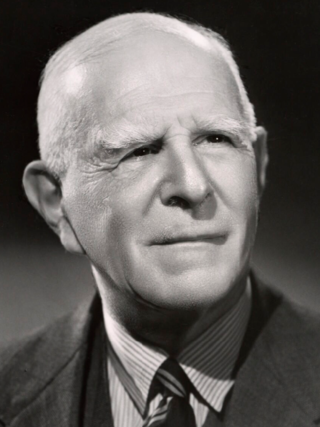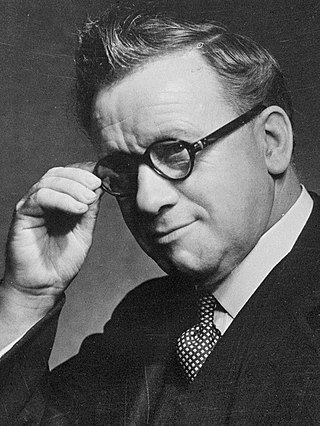
The Metropolitan Borough of Hackney was a metropolitan borough of the County of London from 1900 to 1965. Its area became part of the London Borough of Hackney.

The region of Greater London, including the City of London, is divided into 75 parliamentary constituencies which are sub-classified as borough constituencies, affecting the type of electoral officer and level of expenses permitted. Since the general election of July 2024, 59 are represented by Labour MPs, 9 by Conservative MPs, 6 by Liberal Democrat MPs, and 1 by an independent MP.
Frank Briant was a radical British Liberal Party politician who served as a Member of Parliament for Lambeth North. In addition, he represented Lambeth on the London County Council and was a leading member of Lambeth Borough Council.

An election to the County Council of London took place on 5 March 1913. It was the ninth triennial election of the whole Council. The size of the council was 118 councillors and 19 aldermen. The councillors were elected for electoral divisions corresponding to the parliamentary constituencies that had been created by the Representation of the People Act 1884. There were 57 dual member constituencies and one four member constituency. The council was elected by First Past the Post with each elector having two votes in the dual member seats. Unlike for parliamentary elections, women qualified as electors for these elections on exactly the same basis as men. Women were also permitted to stand as candidates for election.
An election to the County Council of London took place on 5 March 1925. The council was elected by First Past the Post with each elector having two votes in the two-member seats. The Municipal Reform Party retained a large majority, while the Labour Party established itself as the principal opposition, supplanting the Progressive Party.
Eleanor Joan Nathan, Lady Nathan (1892–1972) was a British politician and member of the London County Council (LCC) from 1928 to 1934 for the Liberal Party and from 1937 to 1948 for the Labour Party, serving the last year as the council's chair. Her husband was Harry Nathan, 1st Baron Nathan, who was MP for Wandsworth Central.
An election to the County Council of London took place on 16 April 1958. The council was elected by First Past the Post with each elector having three votes in the three-member seats. The Labour Party, who had already run the council for 24 years, won their largest ever majority.
An election to the County Council of London took place on 31 March 1955. The council was elected by First Past the Post with each elector having three votes in the three-member seats. The Conservative Party made significant gains, but the Labour Party retained a substantial majority.
An election to the County Council of London took place on 3 April 1952. The council was elected by First Past the Post with each elector having three votes in the three-member seats. The Labour Party made substantial gains and greatly increased its majority.
Fulham West was a constituency used for elections to the London County Council between 1919 and 1955. The seat shared boundaries with the UK Parliament constituency of the same name. It was largely replaced by a new Fulham constituency.

An election to the County Council of London took place on 7 March 1946. The council was elected by First Past the Post with each elector having two votes in the two-member seats. The Labour Party once more made gains, again increasing their majority over the Conservative Party.
Hackney South was a constituency used for elections to the London County Council between 1889 and 1955. The seat shared boundaries with the UK Parliament constituency of the same name. The seat largely became Hackney Central, with part moved into Bethnal Green.

An election to the County Council of London took place on 8 March 1934. The council was elected by First Past the Post with each elector having two votes in the two-member seats. The Labour Party made large gains from the Municipal Reform Party, and for the first time won control of the council..

An election to the County Council of London took place on 5 March 1931. The council was elected by First Past the Post with each elector having two votes in the two-member seats. The Municipal Reform Party slightly increased its majority on the council, with overall results matching those from 1925.
Bethnal Green North East was a constituency used for elections to the London County Council between 1889 and 1949. The seat shared boundaries with the UK Parliament constituency of the same name.
Bethnal Green South West was a constituency used for elections to the London County Council between 1889 and 1949. The seat shared boundaries with the UK Parliament constituency of the same name.
Poplar South was a constituency used for elections to the London County Council between 1919 and 1949. The seat shared boundaries with the UK Parliament constituency of the same name.
St Pancras South West was a constituency used for elections to the London County Council between 1919 and 1949. The seat shared boundaries with the UK Parliament constituency of the same name.

An election to the County Council of London took place on 8 March 1928. The council was elected by First Past the Post with each elector having two votes in the two-member seats. The Labour Party made slight gains at the expense of the Municipal Reform Party, which nonetheless retained a substantial majority.







